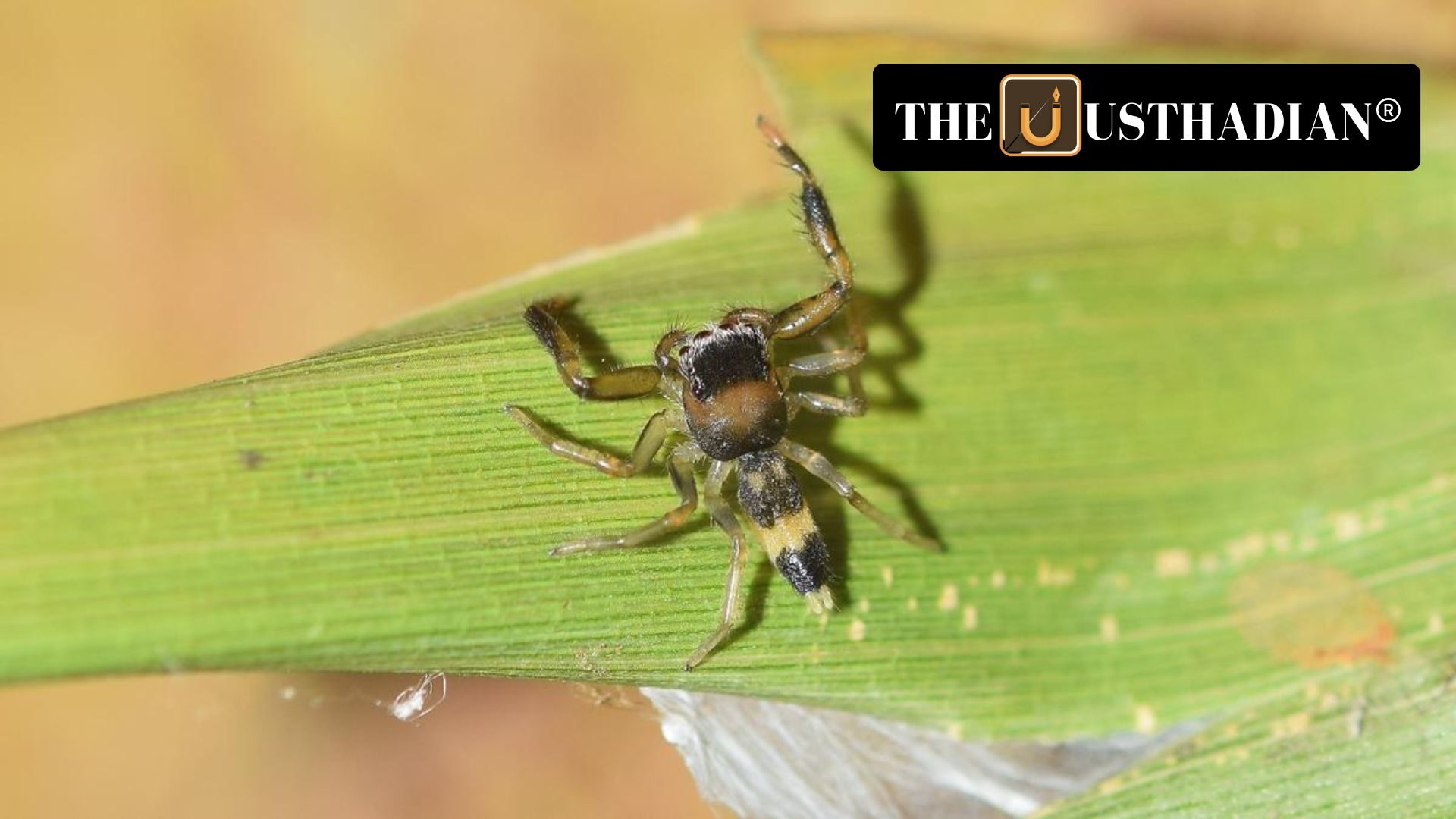Hidden Spiders, Big Discoveries
Four New Tarantula Species Discovered in Western Ghats: Why It Matters More Than Ever: In the dense forests of the Western Ghats, researchers recently uncovered four new species of tarantulas, including a brand-new genus called Cilantica. This discovery adds to the 60+ known species already living in the region—many of which most people have never even heard of. These creatures may not grab headlines like tigers or elephants, but they are just as important to our natural ecosystems.
What’s exciting is not just that new species were found, but that they were hiding in plain sight—inside tree hollows, forest trails, and even near tea plantations. It shows how much more there is to learn about India’s forests and why protecting them is critical.
Tarantulas: The Silent Forest Workers
Tarantulas are not just creepy crawlies. They are natural pest controllers, feeding on insects and even small animals, which helps keep the ecosystem balanced. Female tarantulas are known to carry egg sacs under their mouths and even weave special web hammocks for their young—something rarely seen in spiders. Their presence means the forest is healthy.
But these same traits also make them vulnerable. When trees are cut or habitats destroyed, they have nowhere to hide or reproduce.
Meet the Newcomers: Bratocolonus, Montanus & More
One of the most unique species found is Haploclastus bratocolonus, a tree-dwelling spider that makes its home inside hollow trunks near rivers. Another, Haploclastus montanus, was discovered at an altitude above 2,000 meters, making it one of the highest-living tarantulas in India.
Then there’s Cilantica—a new genus named after the Tamil word for spider. It has curved bristles that set it apart from its relatives. These tiny details help scientists understand how species evolve and adapt in different habitats.
The Threat They Face: Trade, Smuggling, and Habitat Loss
Here’s the scary part—25% of all tarantula species described since 2000 have entered the international pet trade. One species from Kerala, Haploclastus devamatha, was up for sale online just 8 months after discovery. And since tarantulas don’t have bones, X-rays can’t detect them, making them ideal targets for smugglers.
Their slow reproduction and limited range (some live only in very specific forest patches) make them especially fragile. One sweep of deforestation or a spike in trade can wipe them out permanently.
Conservation: A Shared Responsibility
Experts now suggest using trained customs officers, sniffer dogs, and community reporting to combat illegal trade. Educating people to avoid buying wild-caught spiders and instead support captive breeding can also make a big difference. Some believe tarantulas could become flagship species for conserving India’s invertebrates, much like how tigers are for mammals.
STATIC GK SNAPSHOT FOR COMPETITIVE EXAMS
Four New Tarantula Species Discovered in Western Ghats: Why It Matters More Than Ever:
| Topic | Fact |
| Tarantula Species in India | Over 60 species found in the Western Ghats |
| New Discoveries (2025) | Includes Haploclastus bratocolonus, Haploclastus montanus, Cilantica genus |
| Illegal Trade Threat | 25% of tarantulas described since 2000 are part of the pet trade |
| Tarantula Lifespan | 10–20 years |
| Conservation Proposals | Sniffer dogs, trained customs, community support, captive breeding |








